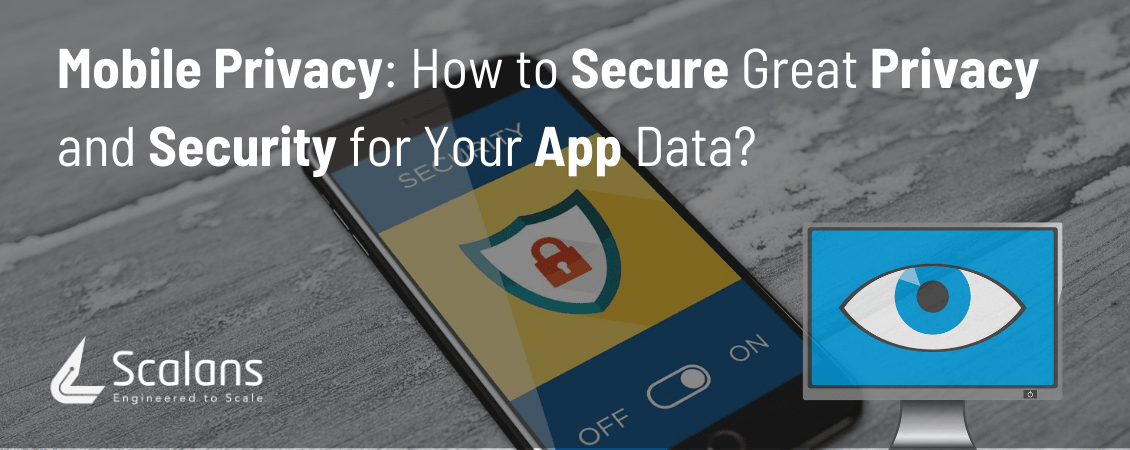
Mobile Privacy: How to Secure Great Privacy and Security for Your App Data?
Usage of mobile devices has acquired new dimensions; earlier, if it was used for texting, sharing documents, doing bank transactions or ordering a cab/food, now it’s used for online learning, working remotely and even for attending a conference! (Thanks to COVID-19.) And, all these activities are mostly done via apps.
But the more we engage with these apps, the more the chances of violation of our personal and professional data. So, if you are interested in knowing how to safeguard data privacy on your phone, then read on.
Data is Vulnerable
A large chunk of user data stored in mobile devices is always at risk; not just from hackers and malware, but also from apps that ask ‘unnecessary permissions’. It makes sense if an online delivery app asks your name, phone number and real-world address, as these are needed for its core functioning, i.e; delivering the order/item correctly to the customer.
But, granting permissions for live-tracking your location or for accessing phone call log and SMS history or for reading phone status and identity…in short, unreasonable requests from apps that don’t need such user data to properly function, can invite trouble.
Check out Privacy Policy
Most legitimate apps and websites enforce a privacy policy, wherein they specify what all user information they will collect and how they plan to utilize or share this data. However, there are many apps that leverage third-party services for providing better user experience. It’s up to the users’ discretion to install them, because the privacy policies of such apps may not acknowledge the data handling strategies of these service providers.
Ensuring Mobile App Security
Now, how safe is a mobile app? It’s estimated that almost 76% of mobile apps have insecure data storage as a common security threat, and this is higher for Android apps. Thus, to secure end-user data, developers must apply AES-GCM or AES-CBC 256-bit encryption to the app. Multi-factor authentication and code obfuscation are also other key strategies. Most importantly, penetration testing can reveal the underlying vulnerabilities of the app.
Protecting Your Data
The thumb rule for protecting sensitive information like your personal credentials, credit/debit card details, etc. is not to store it on your device, since rooting or jailbreaking can easily cripple the device’s protection mechanisms and leak confidential data to hackers.
But to reduce security risks, you can regularly update your OS and apps, use strong passwords, avoid clicking suspicious links, enable remote wiping (if your phone is stolen or lost), disable automatic log-ins, etc.
In Closing
Users always want safe and secure apps; that’s why it’s important that app developers and testers take every step to ensure that user data privacy is never compromised to the hands of cyber attackers.



